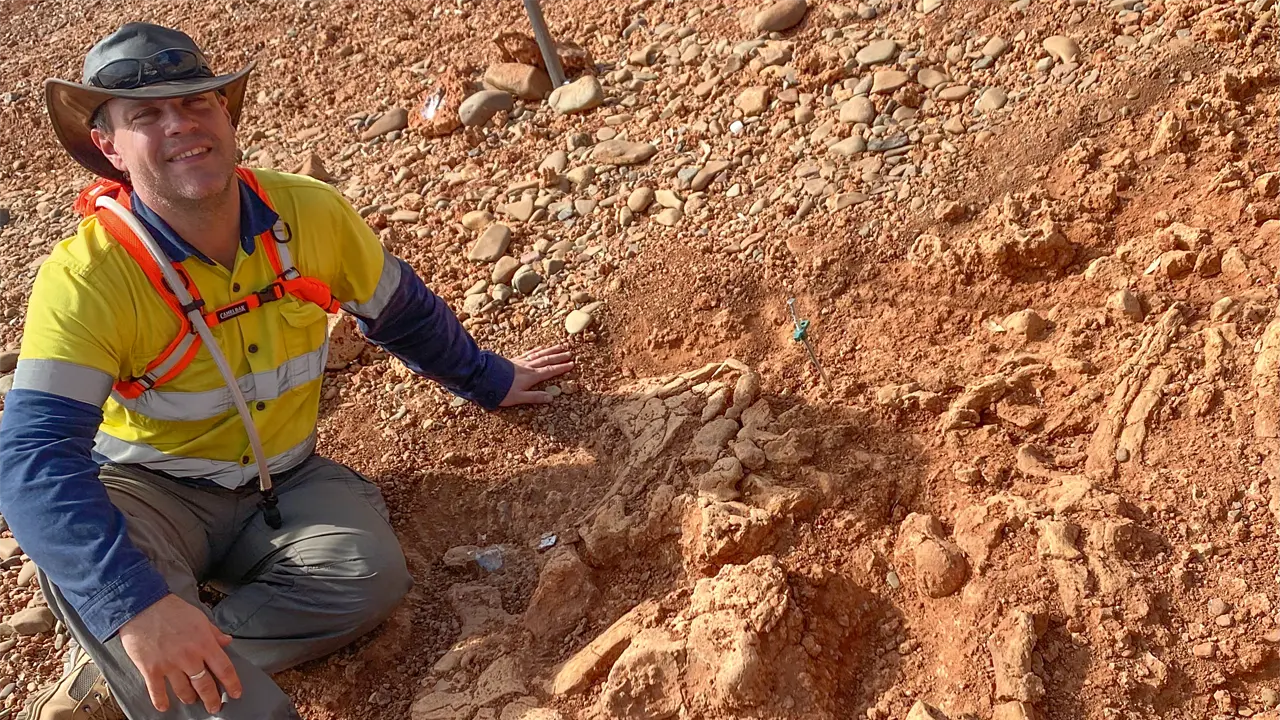Freshwater crayfish, including the little-known Gippsland cray, are AN engaging quarry for the angler looking for something different.
Story By Martin Auldist
Spiny freshwater crayfish look as though they must have been a prototype for the very first living creature ever assembled. It’s as though they were put together from any old hardware that God had lying around in his shed, well before he discovered more functional materials such as skin, membranes, and rotational joints. Nevertheless, their prehistoric yet robotic appearance is strangely endearing. This presents something of a quandary if you’re fortunate enough to catch a few, for they are also very tasty.
There are several species of freshwater crayfish in Australia, many of which are protected by law. In south-eastern Australia there are two main species that can be legally targeted by recreational fishers. The first is the Murray cray, which many anglers in the Murray-Darling Basin would be familiar with. The second is the lesser-known Gippsland cray of eastern Victoria.
Most of Gippsland’s upper river systems have freshwater crays. For example, the Latrobe River, Moe River, Morwell River and all their tributaries contain Gippsland crayfish. Some can grow to an impressive size – over two kilograms – even though they often live in very small streams.
Unlike their cousins north of the Great Dividing Range, there is no legally prescribed season during which Gippsland crays can be taken, but there is a time of year when they are most easily caught, usually from June to November. After the first heavy rains in June, they emerge from their holes in the stream bed and stay active until the water levels drop and water temperature rises. Then they return to their holes and hibernate until next winter.
Gippsland crays can be captured using hoop nets, but it’s much more fun to catch them with a baited hand line, as if you were catching giant yabbies. The kids, in particular, will have a ball catching them this way. Be warned, though, the pincers on crayfish are sharp and strong. What they would do to careless little fingers doesn’t bear thinking about.
Spiny freshwater crayfish look as though they must have been a prototype for the very first living creature ever assembled. It’s as though they were put together from any old hardware that God had lying around in his shed, well before he discovered more functional materials such as skin, membranes, and rotational joints. Nevertheless, their prehistoric yet robotic appearance is strangely endearing. This presents something of a quandary if you’re fortunate enough to catch a few, for they are also very tasty.
This story excerpt is from Issue #66
Outback Magazine: Aug/Sept 2009









